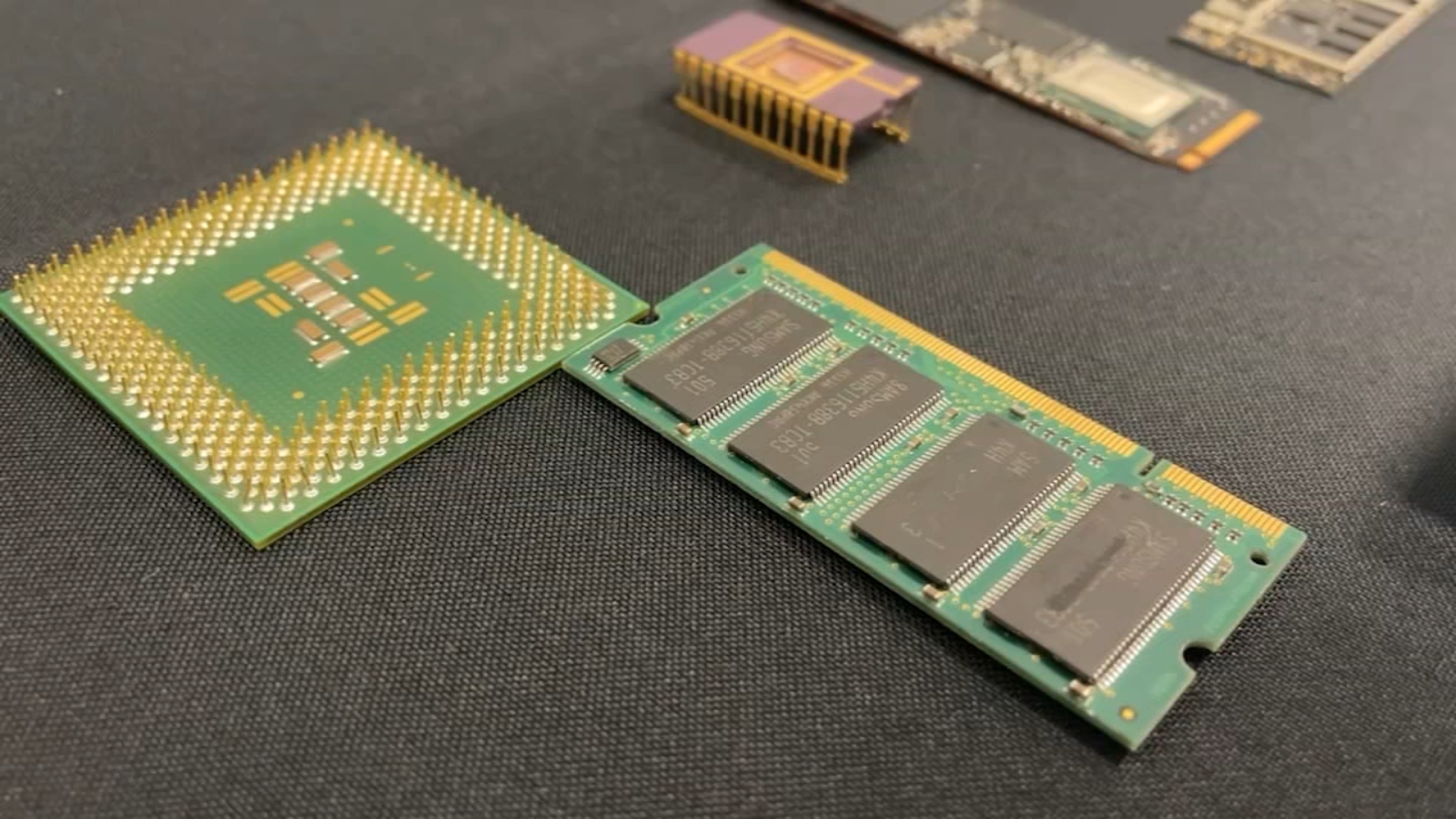SAN JOSE, Calif. (KGO) — Tuesday’s presidential debate analysis continued Wednesday, touching on topics with a significant local impact. Among them was a heated discussion over the production of semiconductors, also known as chips.
While Vice President Kamala Harris and former President Donald Trump exchanged sharp words on multiple topics during Tuesday’s debate, one of the more contentious moments was centered around semiconductor production — an issue that hits close to home for the Bay Area.
“Silicon Valley is the brain. Silicon Valley is where you have all the ideas coming from,” said San Jose State University Professor Ahmed Banafa.
Harris was first to bring up the topic.
MORE: Harris-Trump ABC News debate: Key takeaways from a fierce exchange
“Under Donald Trump’s presidency, he ended up selling American chips to China to help them improve and modernize their military, basically sold us out,” Harris said.
Trump was quick to fire back.
“First of all, they bought their chips from Taiwan. We hardly make chips anymore because of philosophies like they have and policies like they have,” he said.
Despite these claims, the U.S. Department of Commerce reports that chip production in the United States is on the rise. In a statement last month, the department said that the U.S. would manufacture nearly 30% of the world’s leading-edge chips by 2032, up from 0% in 2021 when President Joe Biden and Harris took office.
MORE: Liberal tech entrepreneurs and Democrats in Silicon Valley invigorated by VP Kamala Harris
The chip shortage, exacerbated during the height of the pandemic, had a severe impact on global supply chains and the overall economy. Contributing factors included a drought in Taiwan and a fire at a chip plant in Japan, all while demand for semiconductors soared.
“Whatever we are using, there is a chip inside it, whether it’s a small camera, microphone, or laptop. And those chips come from different manufacturers from inside the United States and outside the United States,” Banafa said.
In August 2022, the CHIPS and Science Act was passed, with the goal of encouraging more chip production within the U.S. by investing $53 billion into the industry.
The funding is already making a difference in the Bay Area.
MORE: Chip shortage: Road to recovery will take years and require 400K more stem workers, new factories
Last year, Vice President Harris announced plans for a new semiconductor research and development facility in Sunnyvale to be built by chipmaker Applied Materials by 2026.
“It will be the largest such facility in the world,” Harris said during the announcement.
Still, tech experts stress the importance of a continued commitment to supporting U.S. produced chips, particularly in Silicon Valley.
“A lot of countries are trying to catch up with us. We should not allow that,” Banafa said.
According to the Department of Commerce, the U.S. is set to become home to all five of the world’s leading-edge logic and DRAM semiconductor manufacturers. The department said no other economy has more than two.
Copyright © 2024 KGO-TV. All Rights Reserved.
